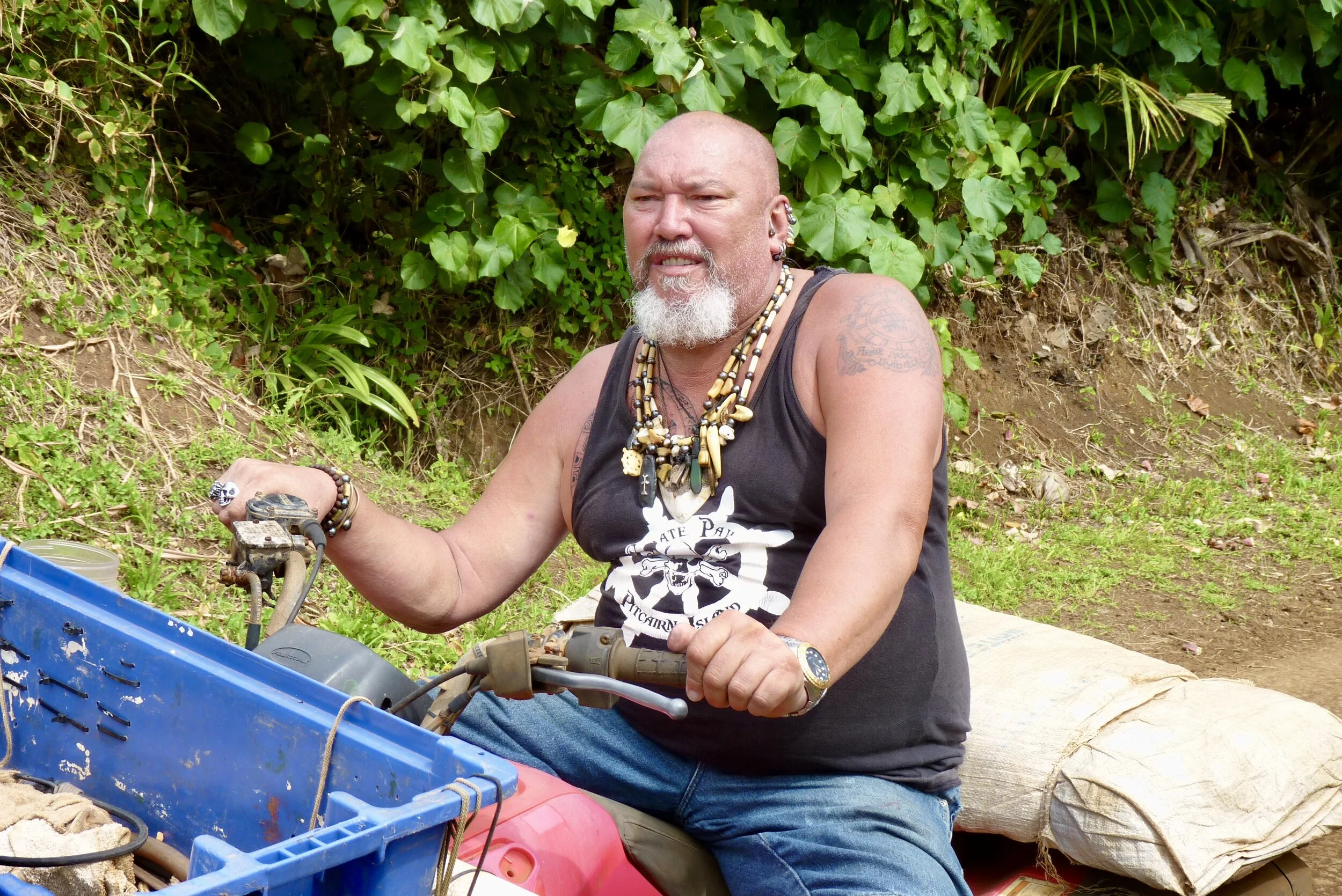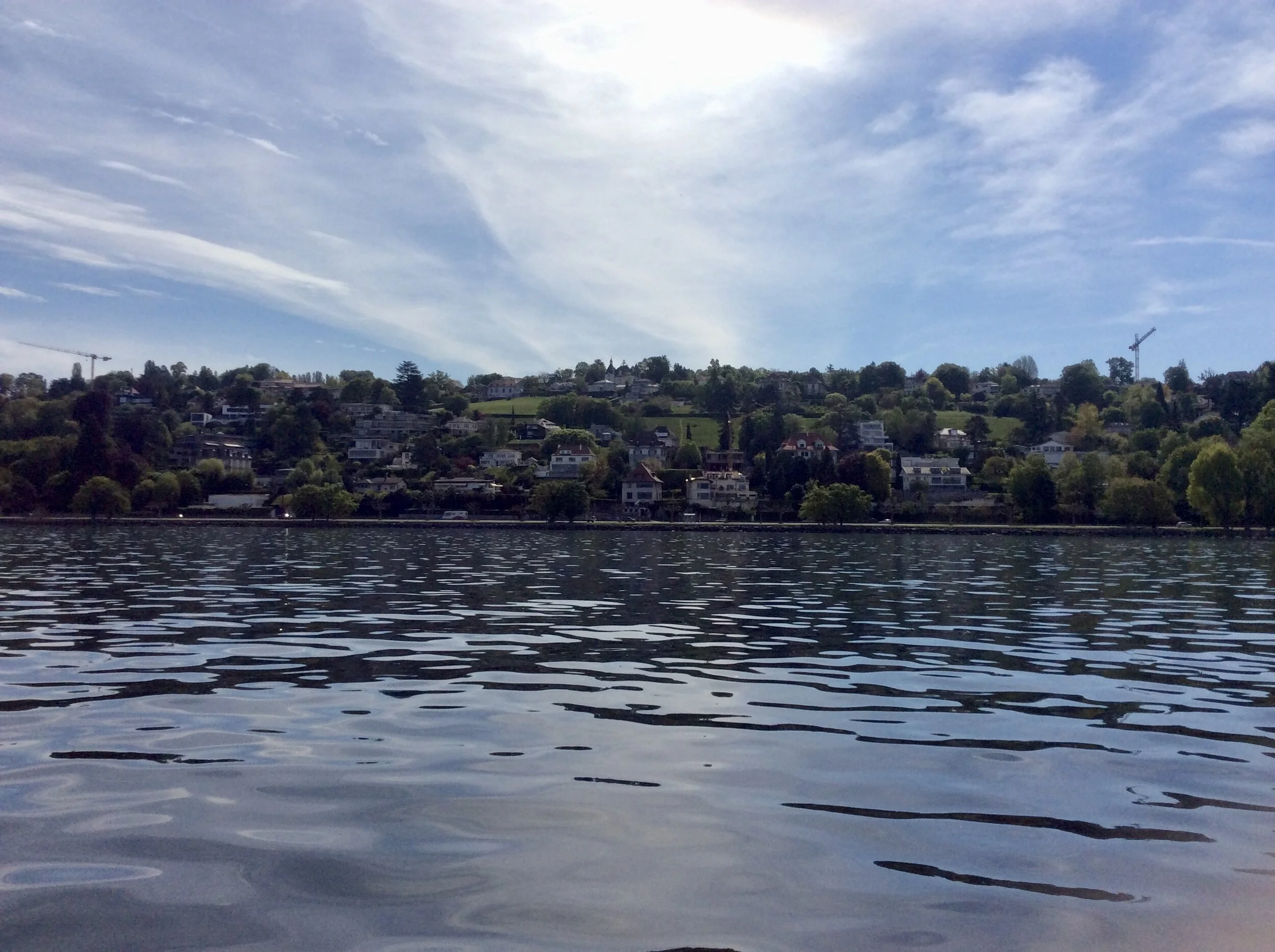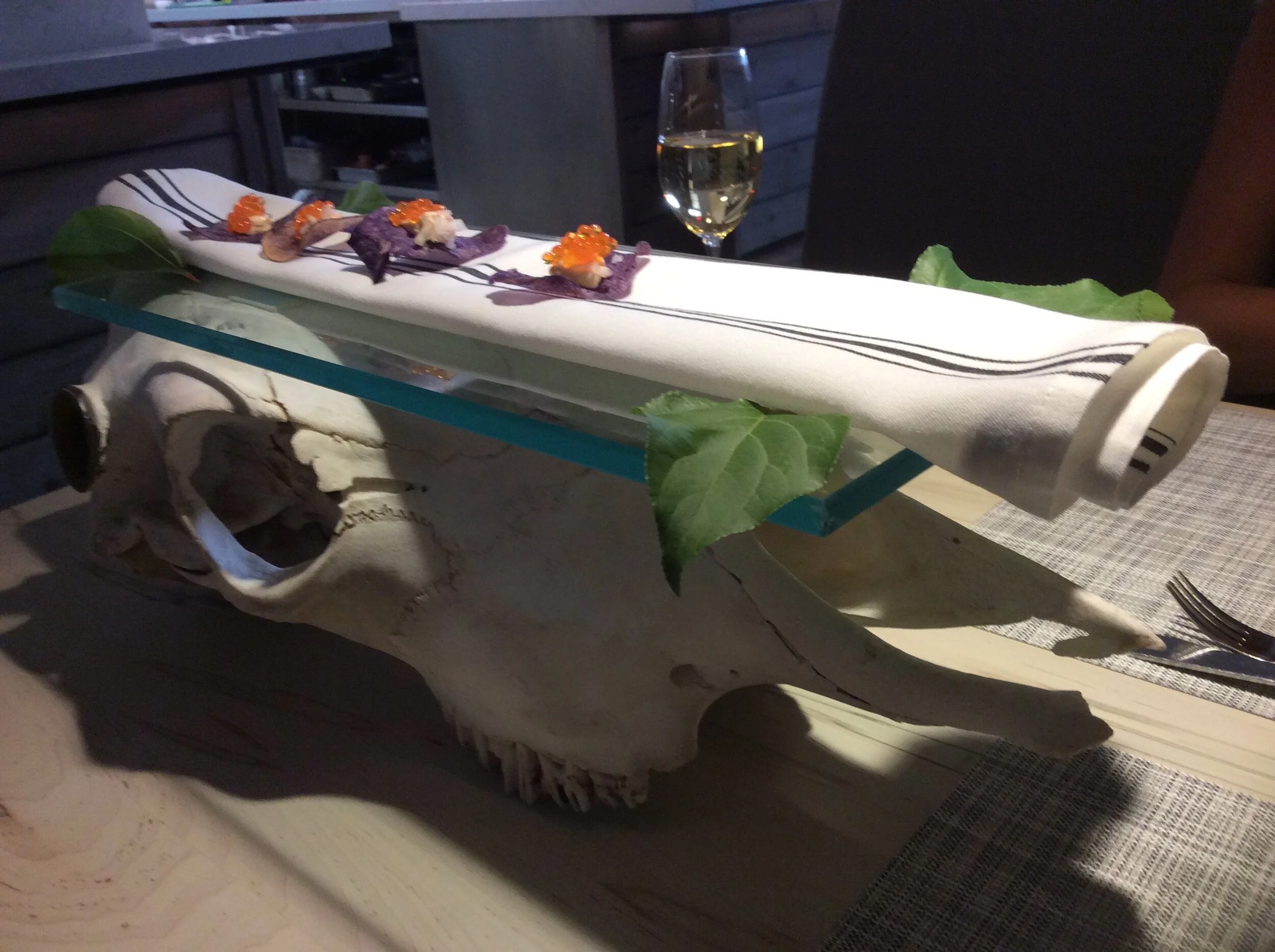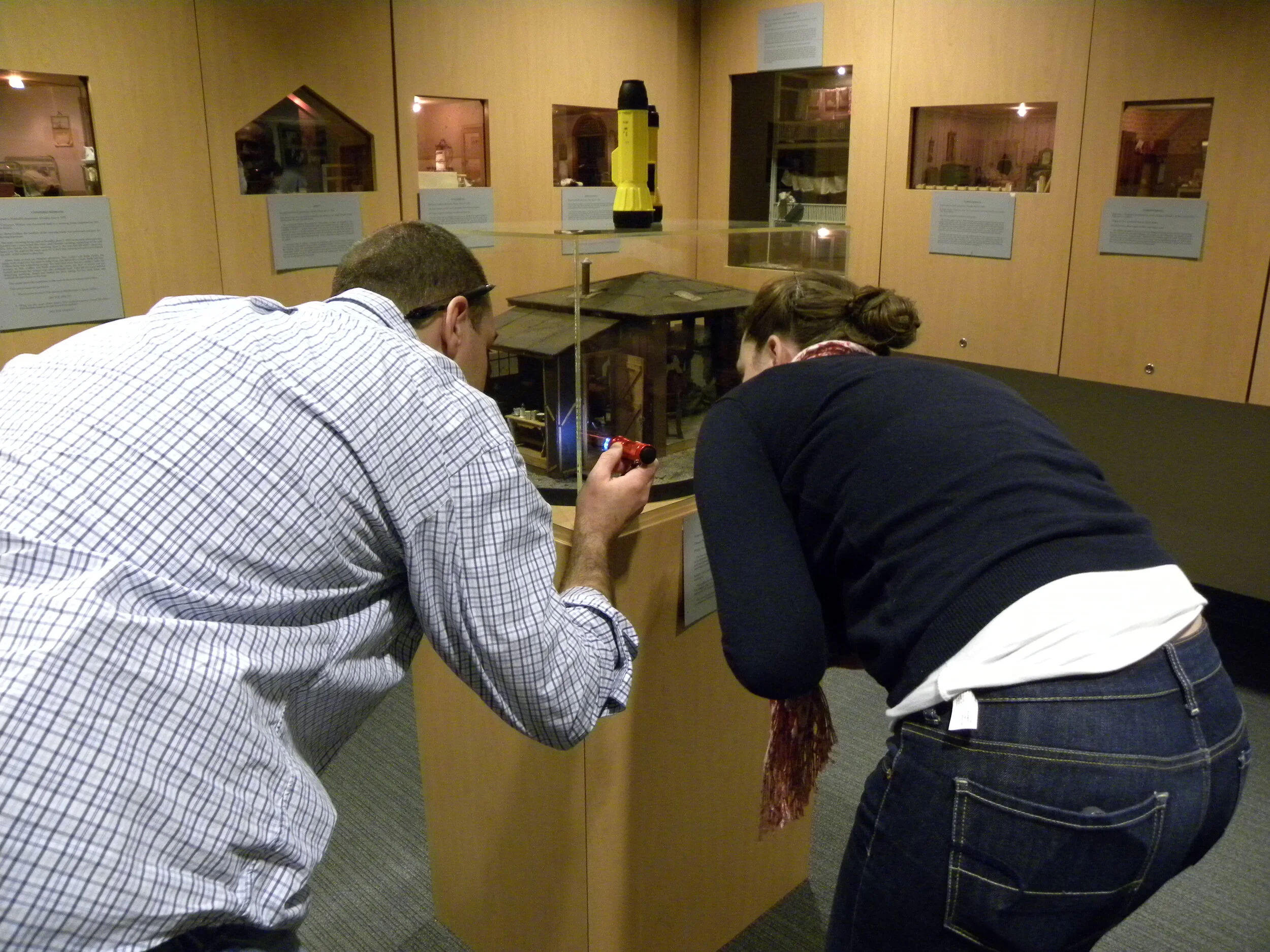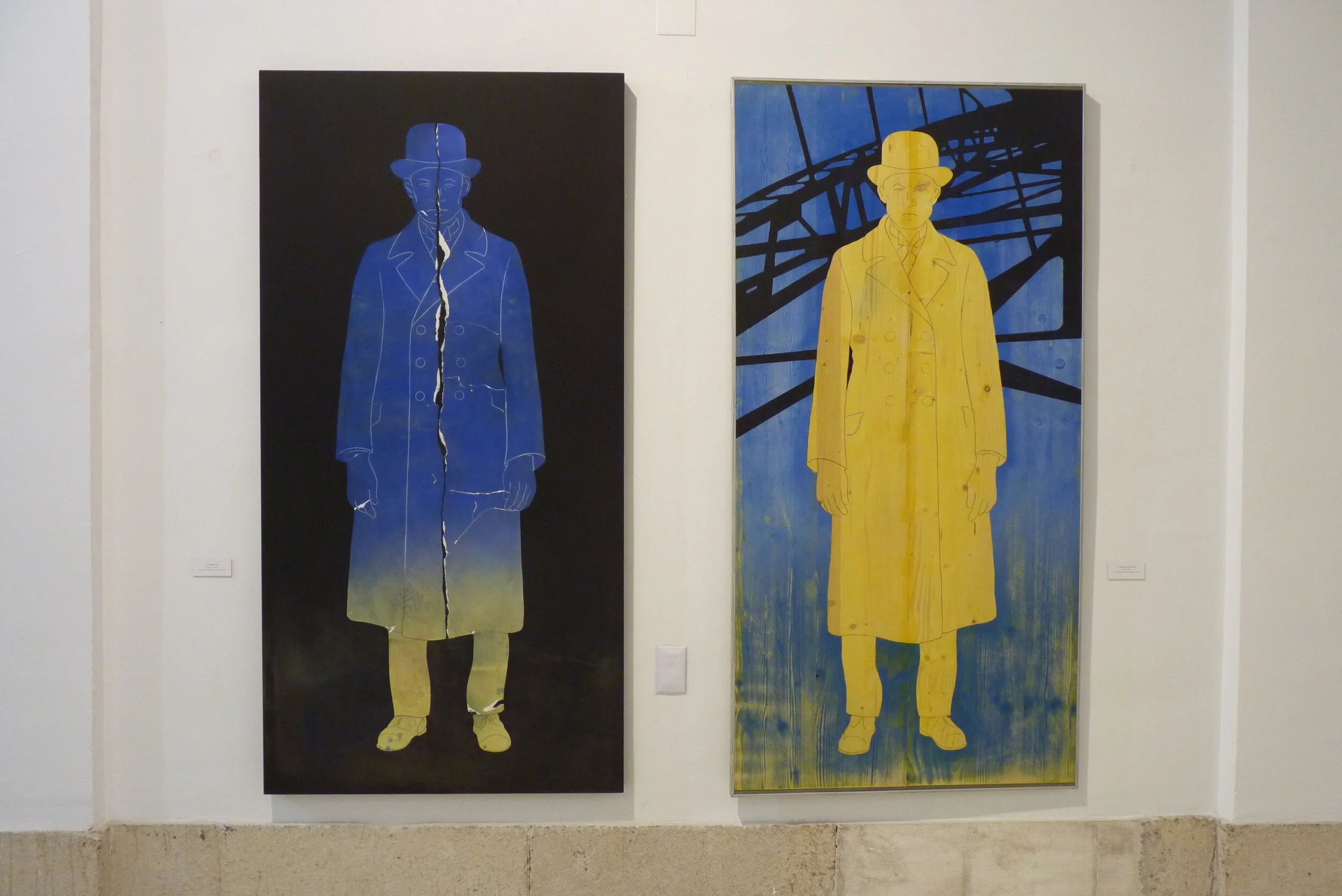Portland's wry perspective
A century ago the birth control pioneer Marie Stopes bought a decommissioned lighthouse on the Isle of Portland in Dorset. The author of the first modern sex manual (Married Love) lived in this phallic symbol off and on till her death in 1958.
Stopes is notorious now for being an advocate of eugenics but the brilliant Portland Museum owes its existence to her for she bought and donated the two cottages that it occupies. And without it Portland’s unique culture and history would be scattered, like Stopes’s ashes, on the waves.
It’s in the museum that I meet born-and-bred Portlander Robin “Rab” Stone, who remembers Stopes’s reputation for sunbathing in the buff. “Blokes used to walk that way just in case,” he tells me.
Being an ex-quarryman Mr Stone is a prime example of nominative determinism. He is also, like all true Portlanders, superstitious. Reminiscing about his quarrying days in the 1960s he suddenly holds his hands above his head and waggles his fingers to indicate bunny ears. He does this to avoid uttering the word “r*bb*t”, which is – or was, at least, before so many “kimberlin” (outsiders) moved here – taboo on Portland.
“You could eat ’em, you could keep ’em but you weren’t allowed to say the R-word,” Rab explains, admittedly with a bit of a twinkle. The superstition originated centuries ago in the stone quarries where the men blamed burrowing bunnies for causing dangerous rock falls.
This piece of folk tradition encapsulates the oddness of a place that due to its geology and geography has developed its own unique ways. You’ll find little of the leafy quaintness common to the rest of Dorset. There are few trees and the only thatch is on the roof of the museum. I did spot a blue plaque on a house but even that poked me in the eye. “JRR Tolkien..,” it said, “… didn’t live here.”
The recent news that around 500 asylum claimants are set to be housed on a barge off Portland reminded me that the island has a history of accommodating young men who don’t want to be there. There’s long been a prison on Portland and in the 19th century it became a tourist attraction – Portland Museum displays a copy of a directory from 1874 which advertises the Eagle Tavern as “The Place to see the Convicts” as it overlooked the stone quarries where prisoners were set to work.
Today’s visitors indulge less creepy interests, in windswept walking (The SW Coastal Path follows its outline), stories of stone and sea and Portland’s defining association with the eccentric Stopes. Measuring just 4½ miles long by 1½ wide it is technically a “tied island”, connected to the mainland of Dorset by the ligament of Chesil Beach.
Portland stone, the off-white limestone that layers it from head to toe, is considered the caviar of masonry and it has shaped the island, both its topography and its people, whilst also stamping the essence of this tiny place on London and on cities across the world. Wren’s St Paul’s is its greatest monument.
My accommodation is in a new clifftop lodge made of creamy slabs of the stuff patterned with shell casts and fossil fragments. The panoramic windows are filled with ocean and ripped sky. The lodge is one of five sitting high above Church Ope Cove on the eastern side of the island, a pocket of landscape that has barely changed since JMW Turner sketched and painted it in 1811 for one of his Picturesque Views on the Southern Coast of England.
The lodges are part of the estate of Pennsylvania Castle, a grand mock-medieval house that is now a posh special events venue (it was built for John Penn, whose grandfather William founded the US state of Pennsylvania). Further along the curve of cliffs is the Norman ruin of Rufus Castle, seeming to grow organically from the rock and greenery at its base.
On a blustery morning I head off down the cliffside below these structures. The twisting path takes me through the roofless ruin of St Andrew’s church, past scattered headstones with skull-and-crossbones motifs, to a horseshoe of shingle beach where stone quarried nearby was loaded onto ships for onward transformation into iconic skylines.
It’s a peaceful spot now, lined with beach huts that each have a pebble “garden” enclosed with a wall of beach stones. Offshore skulks a Royal Navy frigate, near a shallow sandbank called The Shambles that is another defining feature of Portland. For working in cahoots with a tidal race (which pushes vessels towards it) the sandbank has sunk many ships and dreams over the centuries.
Its most famous victim is The Earl of Abergavenny, an East Indiaman that struck The Shambles in 1805. Over 250 died, among them the captain John Wordsworth, brother of the poet William. Objects salvaged from the wreck site – including silver pieces of 8, pocket watches and the bones of the ship’s dog – form a poignant display in Portland Museum.
The extreme danger of Portland’s coastal waters explains the apparent surfeit of lighthouses on the Bill, or tip, of Portland. The Old Higher, Marie
Stopes’s former home, is now a holiday cottage; the Old Lower is a bird observatory. The tower nearest the Bill itself is the only one in current use, as one of the automated Trinity House network.
It uses an LED light these days, but the original prismatic lens, a sort of crystal beehive weighing nearly four tons, is on display at the base of the tower in the visitor centre and lighthouse museum. The museum director, Nigel Hopkins, is not, as you might assume, a former lighthouse keeper but a professional – and considerate – trumpet player. “I moved here because I was looking for a place with no neighbours,” he says.
Thomas Hardy, who visited Stopes for tea in her lighthouse, set his novel The Well-Beloved on Portland. He described it as the “Gibraltar of Wessex” and I know what he means – it’s a big lump of rock and it’s very English (old-fashioned cafes and lots of weather) without quite being England. A place to blow a trumpet to your heart’s content and see life from a wry angle.
But if you’re thinking of testing the taboo around the R-word I’d advise against. Acceptable alternatives include bunny, long ears and underground mutton.
Published in the Daily Telegraph on April 12 2023





